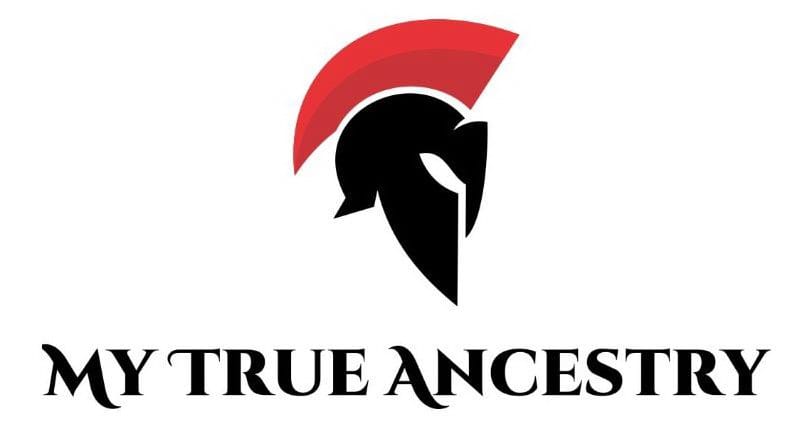Ancient Migrations from North Asia to South America and Their Lasting Impact on Human Diversity





https://www.science.org/doi/10.1126/science.adk5081
The tale of human migration stretches across millennia, beginning in the late Pleistocene when our ancestors ventured into the frozen expanses of Eurasia. Their journey did not stop there, as they continued to blaze trails across the Bering Land Bridge into the untouched lands of the Americas, ultimately reaching the southern extremes of Patagonia. To understand this vast saga, researchers have undertaken genomic sequencing of a remarkable 1,537 individuals from 139 ethnic groups, unraveling the threads of our shared past.
In the realm of Siberia, remains of ancient humans such as the Yana rhinoceros horn individuals whisper stories from 45,000 years ago. These early forays northward highlight a connection between Northeast Siberians and early West Eurasian hunter-gatherers, creating a complex tapestry of genetic influences. The Kolyma1 remains from near Chukotka, delightful discoveries dating to around 9,800 years ago, showcase ties to East Asians and are intriguingly linked to Native Americans.
The sprawling Siberian landscape is dotted with treasures of cultural diversity, with communities like the Koryaks, Inuit, and Luoravetlans, whose genetic adaptations to the harsh icy climates include unique traits in lipid metabolism and temperature regulation. These groups maintain enchanting distinctiveness as they share threads of their heritage with Native American lineages.
Native South Americans carry within them echoes of an ancient dispersal that occurred as early settlers ventured through the narrow Isthmus of Panama around 13,900 to 10,000 years ago. From the heart of the Amazon forests to the towering peaks of the Andes, these pioneers forged new paths, resulting in four primary genetic lineages: Amazonians, Andeans, Chaco Amerindians, and Patagonians. Yet, their journeys were not without challenges. Geographic barriers isolated them, gradually reducing genetic diversity and affecting immune genes like the human leukocyte antigen, which shaped their ability to withstand new adversities.
As time marched on, population declines took their toll. The gripping narrative of the Kawésqar people is a stark reminder of how delicate cultural tapestries can be—a once-flourishing community now teeters on the brink of extinction, their languages and traditions echoing faintly through time. This research vividly illustrates the great migrations and the subsequent isolation experienced by South American tribes, with some facing significant population reductions of up to 80% over the past 10,000 years.
Recent genomic studies have unraveled the intricate genetic tapestry of West Beringian populations, particularly the Koryaks, Inuit, and Luoravetlans, who inhabit the icy realms of Siberia. Amidst their tundra-adapted lifestyles, these groups have developed unique genetic traits to endure Arctic climates. Their genomes reveal fascinating adaptations such as specialized lipid metabolism and thermogenesis, essential for maintaining body heat. Equally remarkable are genetic variations aiding sensory perception and immune function regulation, pivotal for survival in extreme cold.
Unearthed from the frozen steppes, the Yana Rhinoceros Horn Site, dating back 31,600 years, offers a glimpse into the lives of the first Arctic inhabitants. Here, ancient remains confirm a surprising genetic thread tying them to early West Eurasian hunter-gatherers. Later discoveries, like the 9800-year-old Kolyma1 remains near Chukotka, reveal genomic ties to East Asian populations and present-day Native Americans, underscoring the complex migratory tales frozen in time beneath the tundra.
High in the Andes, the rugged geography and thin air have honed the genetic toolkit of Andean highlanders. A striking evolutionary stride is seen in the selection sweeps of the hypoxia-inducible EPAS1 gene. This adaptation grants Andean people an edge in oxygen-poor environments, where the air is thin and unforgiving.
Archaeological sites dotting the Andes, such as ancient Peruvian burial grounds, whisper tales of resilience and continuity. These lands thrived under maize horticulture over 5000 years ago, crafting a genetic narrative of survival in high altitudes. Indeed, the genetic frequencies in these ancient populations mirror those of modern-day descendants, painting a picture of continuity despite the harsh Andean climate.
The journey to Patagonia marks humanity's furthest reach from its African cradle. This odyssey led to profound population isolations and splits, drastically reducing genetic diversity. The Kawésqar, a people inhabiting the extreme south, preserve a genetic story of endurance and adaptation, echoing communal ties far back in prehistoric time.
Genomic sequencing indicates the tight genetic knots between west Beringian groups and Native Americans. Despite geographical and temporal distances, these genetic whispers reflect ancient pathways well-traveled, detailed in archaeological sites like Montana's Clovis site, dating back to 12,700 years ago and hinting at the earliest convergences of ancestral lines.
The study reveals that contemporary Siberians, Northeast Europeans, and Central Asians share ancestry with the ancient Kets and Nenets of West Siberia, a lineage dating back 10,000 years. Unfortunately, these groups are dwindling today with a 73.6% drop in population. An intriguing twist in the genetic narrative highlights the West Beringia groups—Koryaks, Inuit, and Luoravetlans—whose genes tell a tale of adaptation to Arctic challenges, encompassing unique variations in lipid metabolism and thermogenesis, offering a testament to their endurance against nature's extremes.
The research also delves into the epic southeastward journey to the Americas, albeit without pinpointing a specific Siberian ancestor for Native Americans due to deep genetic divergence over time. Nevertheless, the gene flow of 700 to 5100 years ago suggests a shared ancestry between Native Americans and the Beringian groups, where Koryaks and Inuit boast 5% and 28% Native American ancestry, respectively.
Historians have marveled at how diverse and geographically dispersed the Native South American populations are today. The study identifies a fascinating split into four fundamental groups—Amazonians, Andeans, Chaco Amerindians, and Patagonians—dating back between 13,900 to 10,000 years ago. The continent's overwhelming diversity was, perhaps, their very downfall—a staggering decline of 38 to 80% due to harsh environmental and geographic isolations paired with a severe loss of genetic variability.
The reverberations of ancient migrations are etched in the genes of today's Indigenous communities, as revealed by an exhilarating journey through the annals of human history via genomic sequencing. In a detailed exploration led by Elena S. Gusareva and colleagues, the longest human migration out of Africa culminates in the windswept terrains of Patagonia, Southernmost South America.
Awash with enthralling insights, the article delves into how geography sculpted the destinies of these ancient lineages. The formidable Andes, alienating Amazon, and the dry Chaco expanses fortified genetic isolation and exacerbated diversity losses. The vibrant genomes that once stitched through the land began unraveling with the advent of European colonist incursions in the 1600s, disruptors of age-old bearings.
Modern-day remnants like the endangered Kawésqar now teeter on cultural and linguistic extinction's brink, underscoring a genome clipped both by time and human intervention. This inherited genetic mosaic, etched across the epochs, remains a living testament to endurance against all odds—a narrative carried forth by present-day Indigenous guardians.
This exploration into the extensive human migration out of Africa, spanning the icy landscapes of Beringia and the lush environments of South America, provides a captivating window into the roots and resilience of human populations. These genomic tales bring to light the hidden strengths these peoples developed while painting a poignant picture of challenges yet to come, as they navigate a world where their vibrant cultures and genetic heritages must continue to adapt and thrive.
These intriguing genetic tales, enriched by archaeological insights, unravel the mysteries of human adaptation across challenging climates, revealing the indomitable spirit of our ancestors against nature's harshest elements.
Comments